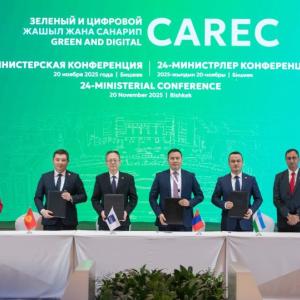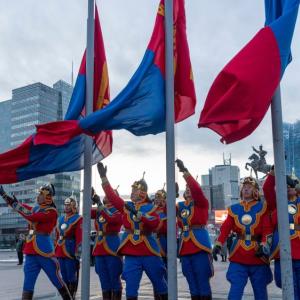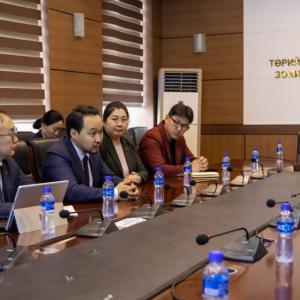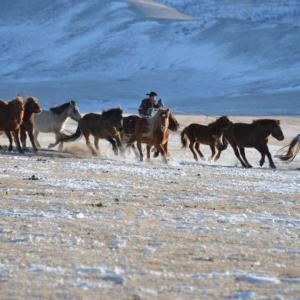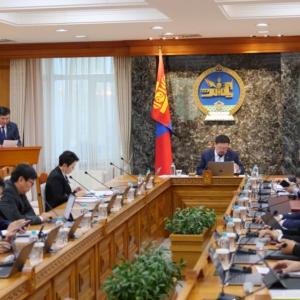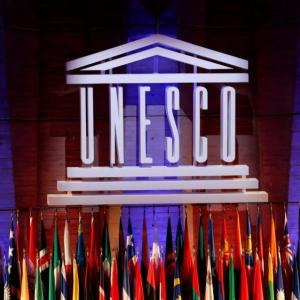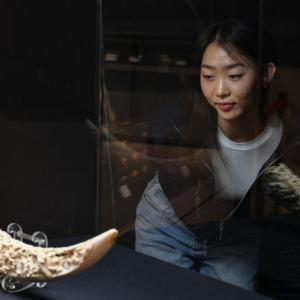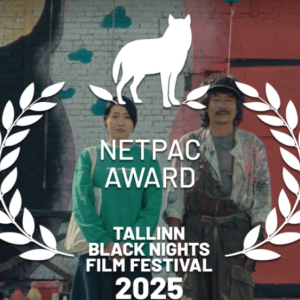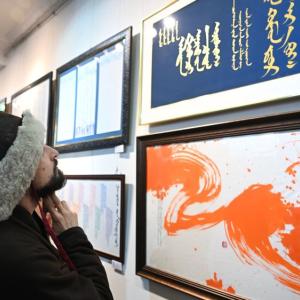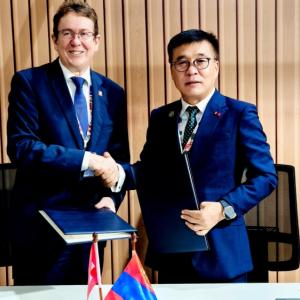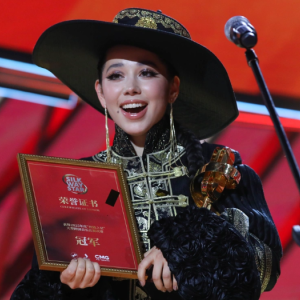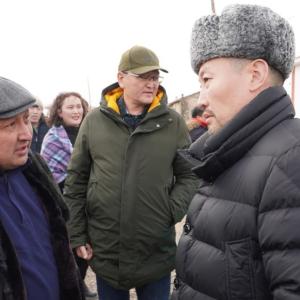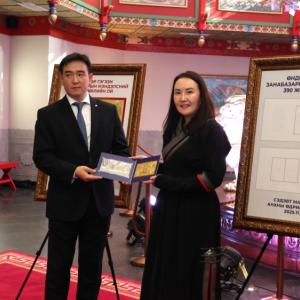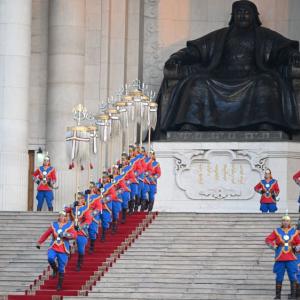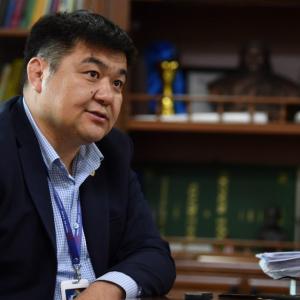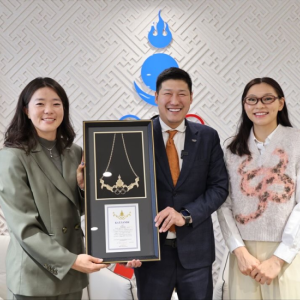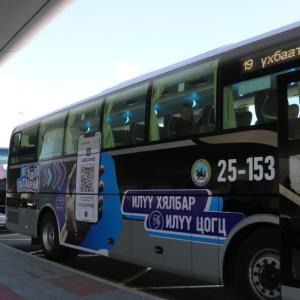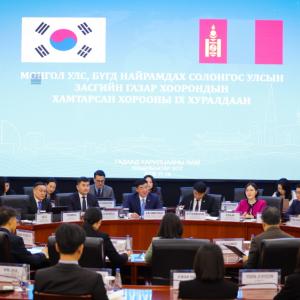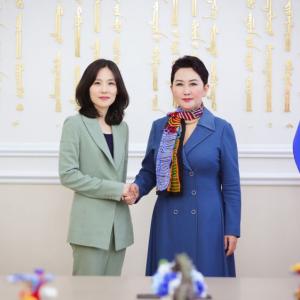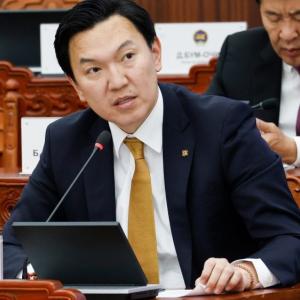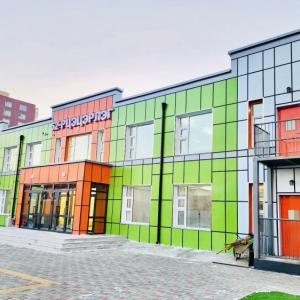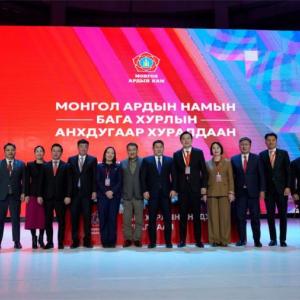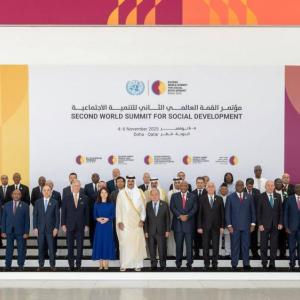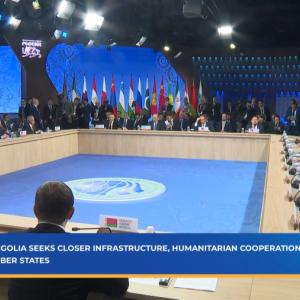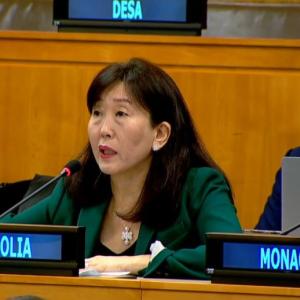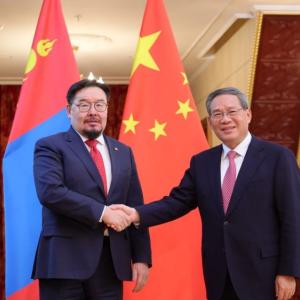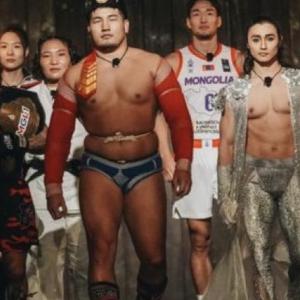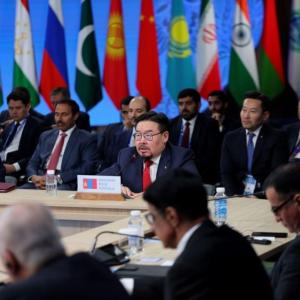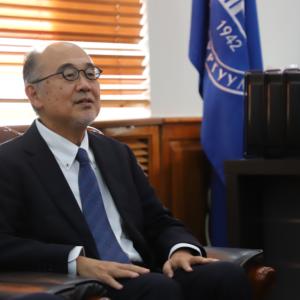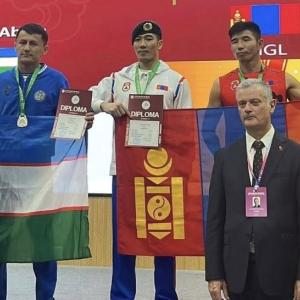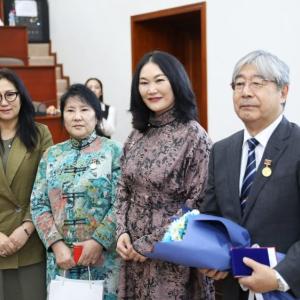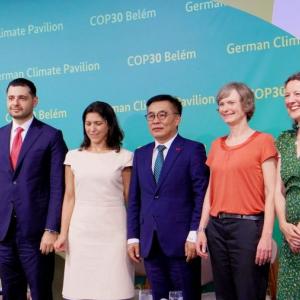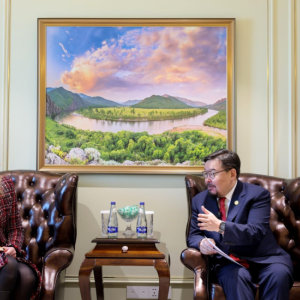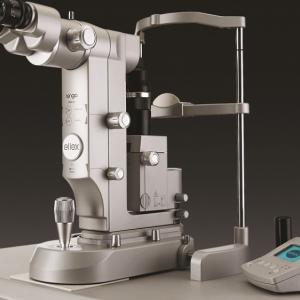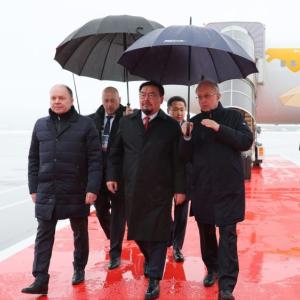“Hungarian products being imported in Mongolia have significantly increased”
The Mongol Messenger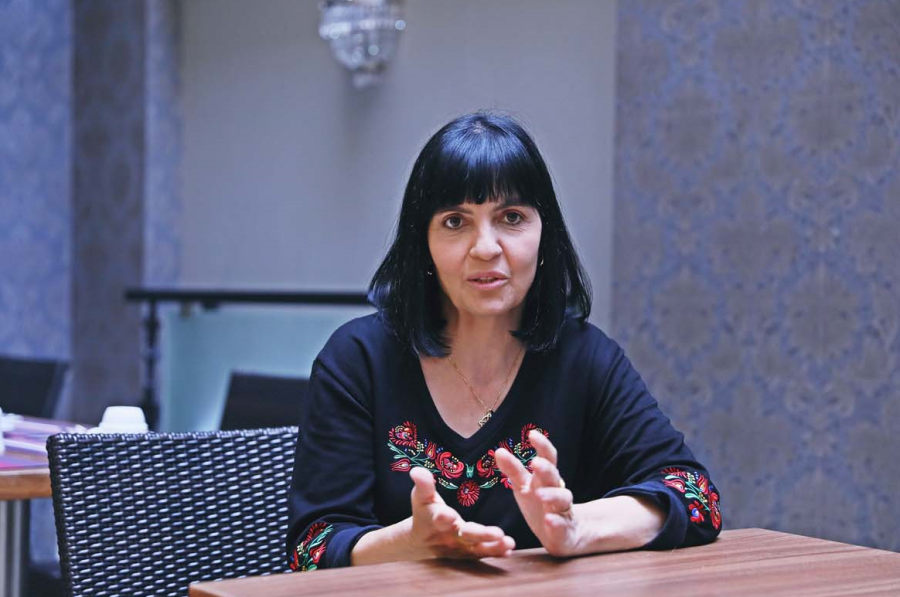
Ulaanbaatar /MONTSAME/. We took an interview from Ambassador Extraordinary and Plenipotentiary of Hungary to Mongolia Dr. Borbala Anna Obrusanszky regarding Mongolia-Hungary relations and cooperation.
-How did you initially feel when you were appointed as the Ambassador to Mongolia?
-First of all, I am very happy to be representing my home country in Mongolia. My prior knowledge of the Mongolian language, history, and culture is helping me a lot in carrying out my duties as an ambassador.
-Hungarians and Mongolians are considered to be of the same origins. Quite a few words in Magyar, Mongolian, and Turkic languages are said to be similar. Could you tell us more about this?
-There are numerous chronicles about the reign of Hungarian kings during the Middle Ages, which tell about Hungarians being descended from the Hunnu people (Huns). Furthermore, one can come across certain information related to this from the people’s traditions. Results of historic and archeological studies and research have also proven how some groups of Huns that arrived in Europe from Mongolia once lived in the territory of modern Hungary.
Today, there are about 2,000 words that are similar in the languages of Hungarian and Mongolian. One of Hungary’s well-known researchers, Bálint Gábor of Szentkatolna, had referred to it as the linguistic heritage of the Hunnu people.
In recent years, researchers of Hungary and the UK carried out a study on genetic links. However, it continues to be necessary for the ethnographic field to study many other similarities.
-Mongolia-Hungary relations go back very early in history. What kind of artifacts are currently being kept in relation to the history of Mongolia?
-Hungarian travelers and clerics visited the territory where the Mongols resided during the Middle Ages. There are records of Mongols arriving in the European region in 1236. When Dominican friar Julianus went on a journey to meet with Magyars (Hungarians) that were left behind in Eastern Europe. During this journey, he reached the Volga River where he learned about a new empire called the Mongol Empire. In 1237, he wrote a full report titled ‘Epistola de vita Tartarorum’ about the empire’s people, and sent it to the Roman Pope. The report has recently been translated into Mongolian, and published in a scientific journal in Mongolia. It includes the letter sent by Batu Khan to King Béla of Hungary.
Bálint Gábor thoroughly studied the Mongolian language in 1870-1874, and later became one of the first Mongolists to visit Kalmykia and modern-day Ulaanbaatar. In 1877, Hungarian Count Béla Széchenyi organized a scientific expedition in Inner Mongolia and Northern China, while Count Jenő Zichy also organized an expedition which involved working in the territory of modern-day Ulaanbaatar over the course of a week. Collections in Hungary currently keep the documents and photographs from the journeys, awaiting to be further studied.
-The Mongol studies scene in Hungary is one of the largest research centers not only in Europe but also in the world. How has been the development of the Mongol studies field in Hungary recently?
-There are several institutions and organizations conducting studies about Mongolia in Hungary. Mongolian language courses are offered at three universities at the moment. The Institute of Mongolian Studies in Budapest mainly carries out studies and research on Buddhism and linguistics, while the Research Center for The Humanities at the Hungarian Academy of Sciences is studying artifacts tracing back to the Khitan Empire. Recently, an exhibition introducing Mongolian art and culture was also opened at the Ferenc Hopp Museum of Asiatic Arts in Budapest city.
In 2021, the Hungarian Research Institute and the Mongolian Academy of Sciences renewed their cooperation, launching a joint archeological research project–which has become a new element in the field and a promising research work. The joint research project will continue to be implemented this year.
-In recent years, the two countries are actively working to expand bilateral relations and cooperation. What other new opportunities do you see for the development of cooperation in the field?
-Regardless of the COVID-19 pandemic, we actively worked to expand the Hungary-Mongolia cooperation in all sectors, reaching a certain result. In the field of culture and science, our Embassy has restored its traditional cooperation with Mongolian cultural and scientific organizations and established effective relations.
Scientific academies of the two countries have been cooperating for a long time, but joint research projects were relatively limited. In the spring of 2021, we renewed the agreements established between the Archaeological Institutes. With aims to support bilateral scientific cooperation, a meeting was organized for authorities of the scientific institutes that implemented joint projects with Hungary in November 2021 as part of the Hungarian Science Festival. The two sides are willing to implement joint projects and programs, and we saw the need for cooperation between the institutes. In this time where bilateral scientific relations are expanding, I am confident that Mongolian doctoral students who are studying in Hungary will play a decisive role.
-Since the beginning of this year, the two sides signed several major documents, including a Memorandum of Understanding on jointly creating film, film studios and training...
-Cooperation in the film industry is one of the main cultural cooperation fields of our two countries. Within this frame, we aim to implement some projects. It is possible to make international feature and documentary films showing the shared history between the Hungarian and Mongolian peoples. Also, we are ready to share our experience in film arts.
The first Hungarian-Mongolian-British film, co-produced by the three countries, is expected to be screened later next year.
-Scholarships of the Hungarian Government for Mongolian students play an important role in strengthening mutual understanding. The President of Mongolia emphasized the importance of continuing this program?
-Since 2016, the Government of Hungary has been providing scholarships to 200 Mongolian students each year. The ‘Stipendium Hungaricum’ program is becoming very popular among students, with over 900 students applying this year. Moreover, our Embassy is working to create opportunities for Hungarian and Mongolian students and researchers to have mutual learning and training as part of the cooperation between universities.
-What cultural programs are being planned in the near future?
-We will be organizing the ‘Cultural Days of Hungary’ in Ulaanbaatar on May 13-14. During the event, Hungarian folk song, music and dance performances will be presented. There is also a great opportunity for us to show the Hungarian Oscar-winning film in cinemas and cook traditional food. We get a lot of help from Hungarian alumni in Mongolia and I would like to use this opportunity to express gratitude to them.
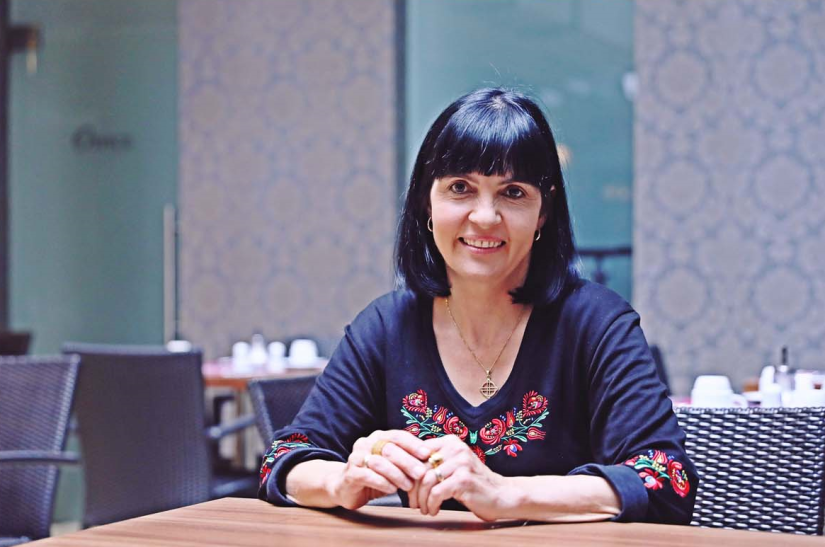
-What do you think are the opportunities for developing economic relations and cooperation between Mongolia and Hungary?
-When the Hungarian Embassy in Mongolia closed in 2006, many valuable business relations were severed–so that relationship needed to be rekindled. Since my appointment as Ambassador, the volume of exports from Hungary to Mongolia has increased significantly as a result of the efforts of our team.
Last year, the figure was at 58 percent. I am confident that bilateral cooperation will continue to expand. Recently, we have been building relations between companies on trading wool, cashmere, and raw materials that are of interest to Hungary.
-What is the current progress on launching regular direct flights between the two countries?
-Air transport negotiations between the two countries are underway. After that, it is up to the airlines to decide whether to operate flights. With nearly 2,000 students and thousands of Mongolian people living in Hungary, I believe it may be worth considering the new route.
-Are there any high-level visits planned in the near future?
-As Mongolia always occupies an important position in Hungary’s foreign relations, the relations will be further strengthened. The Hungarian side hopes to continue holding high-level and sectoral meetings as well as regular meetings of government commissions.
The two countries work together in many fields. We hope that economic cooperation, such as in food and agriculture, water management, light industry, and pharmaceuticals, will play an even more important role in the future. However, we also want to further develop our cooperation in other fields, such as culture, science, and higher education, based on promising fields such as cinematography and archeology.
-I am confident that your first impressions of Mongolia and the Mongolian people will be interesting for our readers.
-Since I traveled to Mongolia in 1993, I have been connected with the country for almost 30 years now. As far as I know, Mongolians are very hospitable people, we have a lot in common, and maybe that's why I got used to life in Mongolia very easily. Like our Hungarians, the people are able to quickly learn, and adapt to new technologies. I love traveling to the countryside to explore Mongolia's unique natural formations and cultural treasures. I also recently wrote and published a handbook for Hungarians called ‘Mongolian Tourism’.
It is always great to look back on my university years. Mongolian and English students and teachers back then were very helpful and I was able to easily overcome the difficulties related to my studies. Thanks to these fond memories, I always see Mongolia in a positive light.
But there are also problems for foreigners coming here to work. Harsh weather is one of the difficult challenges people face. It is also difficult for foreigners to get used to fatty meat and foods, but fortunately, Mongolian food has changed for the better in the last decade. The only thing that is hindering our work now is traffic congestion. As congestion "steals" many hours of a person's life, I personally want the issue to be addressed in the near future.
The interview was published in the Mongol Messenger weekly newspaper on May 6.
 Ulaanbaatar
Ulaanbaatar







